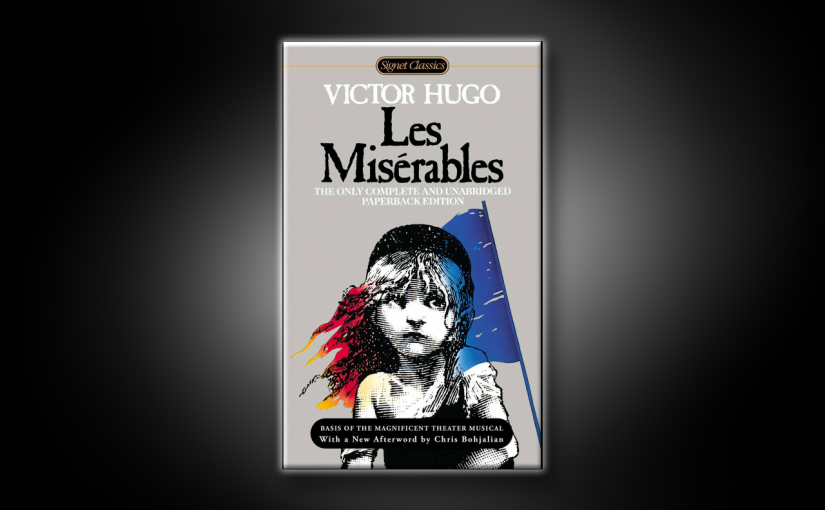The movie/musical is great, so I read the book. The book is long. I read it on Kindle, so it is a bit hard to tell how long the book actually is. It is only when I finally finished it a few weeks ago that I realized it is the only fiction I have read this year. It is said that reading this long book is like taking a long solo trip: you are not quite the same when you finished it. I feel this is indeed the case.
There are so many occasions when Hugo’s words had me bang my fists on the table or jump out of bed and walk around in order to calm down. The movie now feels only like a sketch: it gets the major points across, but with necessary omissions and adaptations so that it is still a movie, not a TV series. In addition, the movie gives the impression that the story revolves around Jean Valjean and Javert. I believe there are good reasons for doing so in the movie (think about Gladiator vs. Wolverine). But the book is obviously much richer than that. Hugo summarizes, at the beginning of the fifth volume of the book, as follows:
The book the reader has now before his eyes—from one end to the other, in its whole and in its details, whatever the omissions, the exceptions, or the faults—is the march from evil to good, from injustice to justice, from the false to the true, from night to day, from appetite to conscience, from rottenness to life, from brutality to duty, from Hell to Heaven, from nothingness to God. Starting point: matter; goal: the soul. Hydra at the beginning, angel at the end.
For Jean Valjean, the summary is pretty clear. But for Javert, Fantine, or Thenardier, it is far from obvious. I have been organizing my reading notes for the past a few weeks, thinking about what the author wanted to tell given the storylines of each of these characters. I think I will start with Javert.
